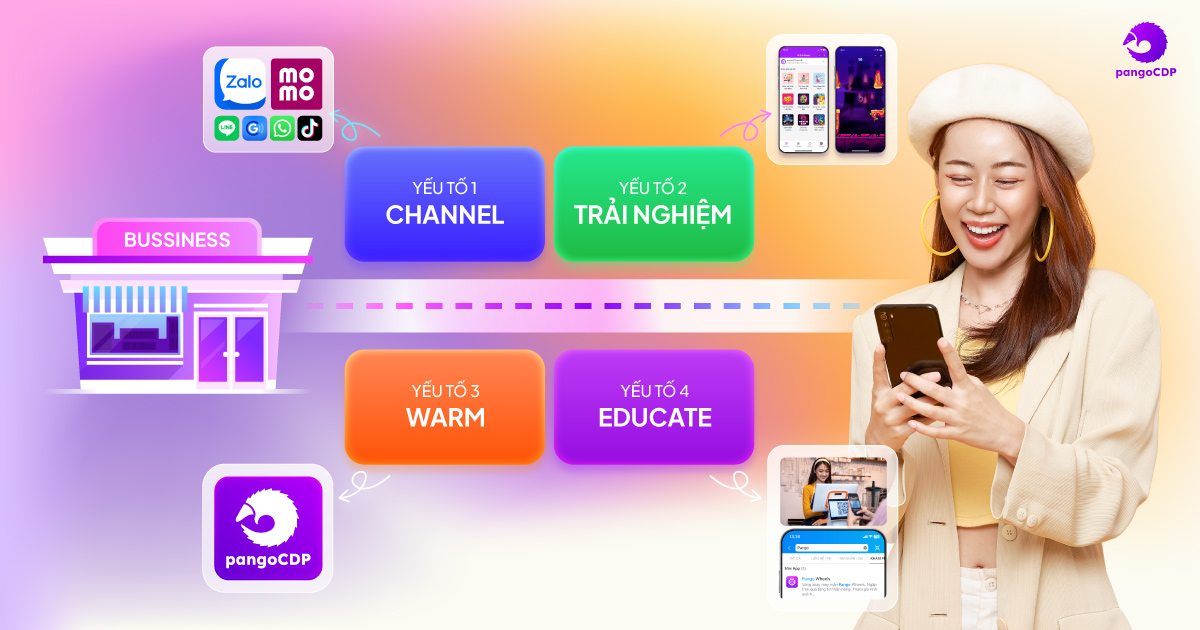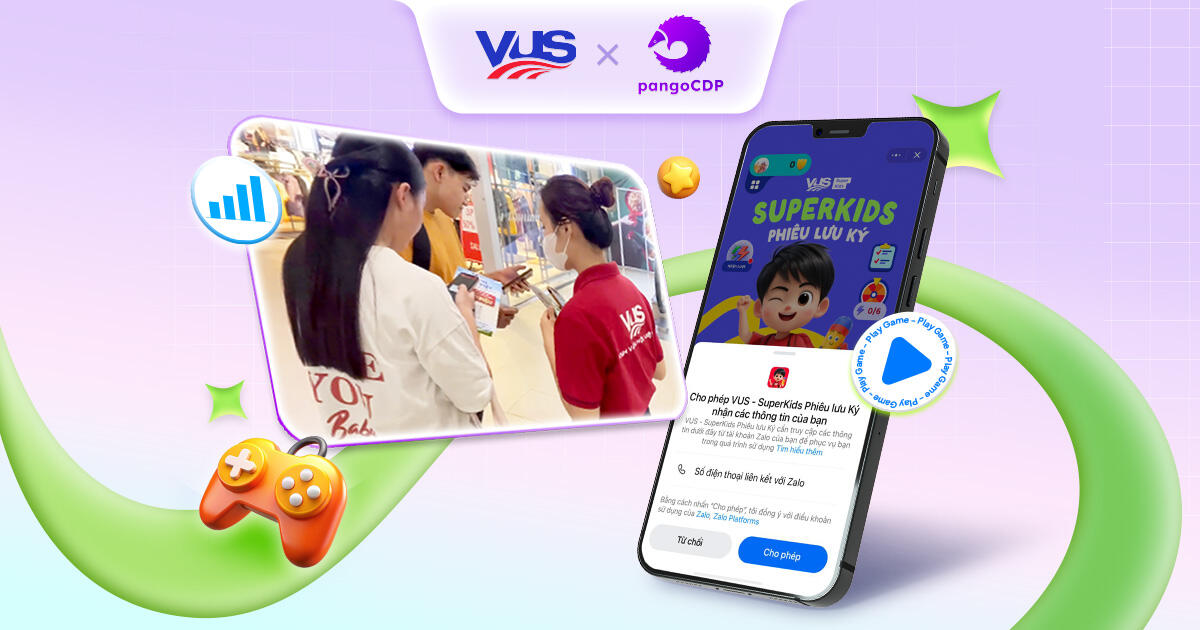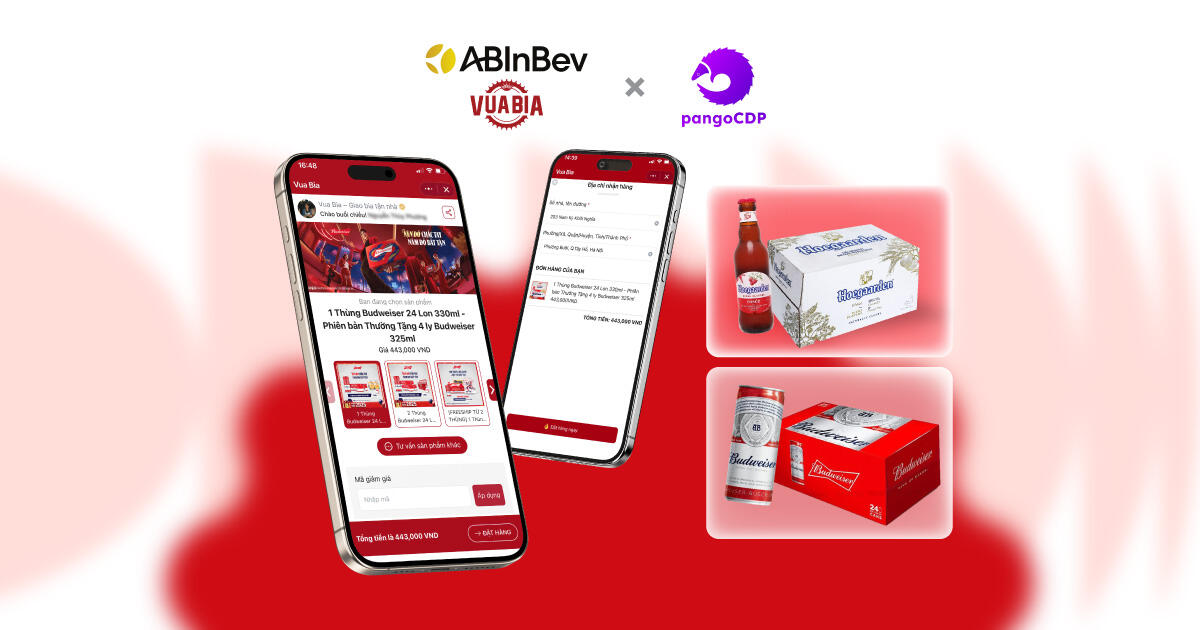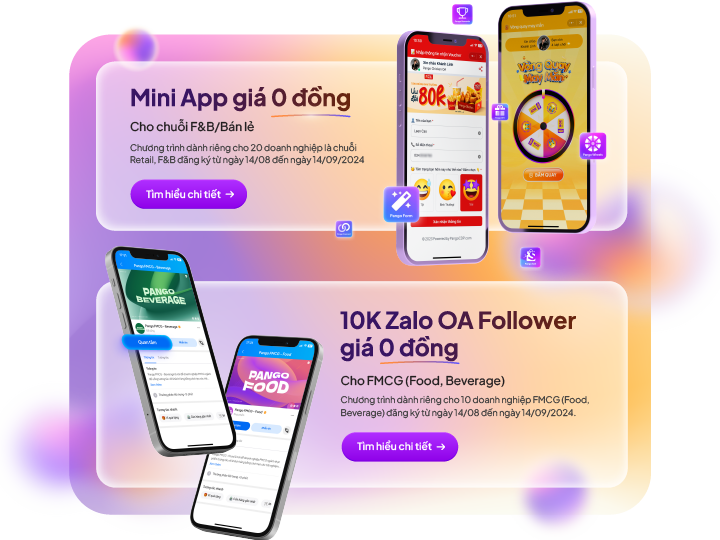The concept of The Master Channel encompasses a Customer Data Platform (CDP), Super Apps, and a suite of methods to help businesses build effective customer interactions.
Digitalizing customer interactions with CDP and The Master Channel
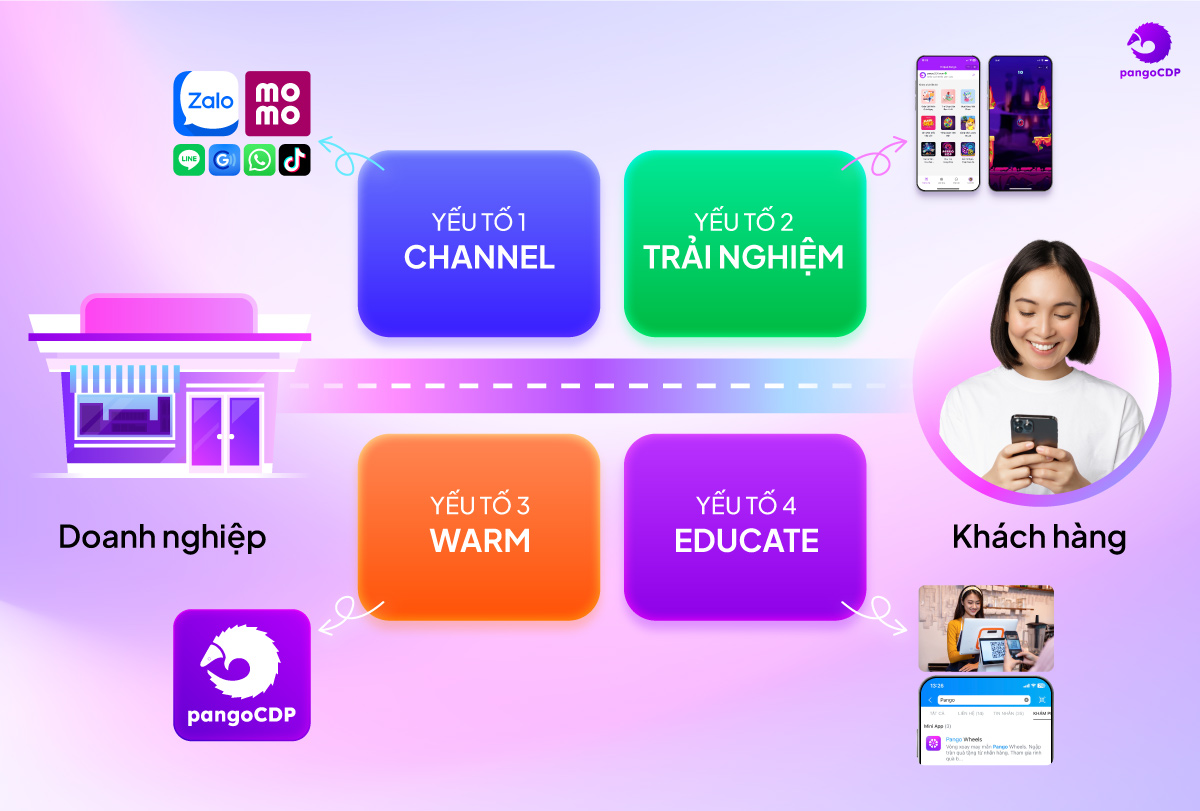
The concept of The Master Channel encompasses a Customer Data Platform (CDP), Super Apps, and a suite of methods to help businesses build effective customer interactions.
According to the McKinsey Quarterly report from June 2009, two-thirds of consumer purchasing decisions are influenced by the quality of experience a business provides throughout their interaction journey.
The role of digital platforms has evolved beyond being merely a “new sales channel” alongside traditional sales channels as it was in the early days of the digital age. These platforms have become the primary sales channels, where customer interactions occur, playing a crucial role in implementing promotions, boosting sales, and expanding market share. Therefore, the digitalization of interaction channels has become an inevitable, impacting the survival of businesses.
Digitalizing interaction channels involves leveraging technology to optimize the means of interaction between businesses and customers. This digital transformation enables businesses to reach a large number of customers, provide quick and efficient services, improve customer experience, and collect data to better understand customer needs and behaviors.
Motivation for digitalizing interactions
The rapid evolution of technology leading to changes in customer interaction habits has driven many businesses to digitalize. This is no longer just a trend but a mandatory transformation, creating a strong impetus for continuous innovation and creativity in the journey of reaching and retaining customers.
In fact, businesses have “stepped a foot” into the digitalization of interaction channels since they became aware of collecting customer data, with the most primitive form being asking for phone numbers. Nowadays, for some business models, the digitalization process stops at collecting phone numbers, and for them, that’s enough. These businesses turn phone numbers into an interaction channel and execute their customer communication strategy methodically and skillfully.

Digitalizing interaction channels will provide more interesting perspectives with the concept of “The Master Channel.”
Continuing the story of asking for phone numbers, there was a period of a boom in disposable SIM cards due to telecom operators and many businesses wanting to grow their customer base. To enjoy the benefits from telecom operators and businesses for new customers (verified through phone numbers), consumers were willing to activate many new SIM cards and discard them after receiving the benefits. This led to a chaotic customer data source for businesses, making it difficult to re-engage and provide post-sales customer care.

As social media became a global phenomenon, businesses saw many opportunities to interact with customers and maintain long-term relationships because social media accounts or emails are less likely to be abandoned like disposable SIM cards. Through these data fields, businesses can also gain insights into customer behavior and create more interesting and multidimensional interactions.
Digital asset inventory
Before embarking on the journey of digitalizing interaction channels, businesses need to know what they have at their disposal.
In reality, businesses are often unclear about the assets called “interaction channels” accompanied by “interaction data” that they actually own.
Businesses tend to build customer interaction channels in a spontaneous manner. Whenever there is a market boom of a new channel, they will start building it. For example, from 2015 to 2020, it was Facebook; from 2020 to 2023, it was TikTok and Zalo.
Or, if there is a “trend” in the market on a particular channel, they will also look to “encroach” on that channel. Therefore, when taking stock of “interaction channel” assets, businesses often think of them as Excel files containing phone number lists, or at best, with notes on customer needs and completed orders.
Digital assets become more valuable when businesses equip themselves with CRM systems, call centers, chat centers, etc., connected with interaction platforms like Facebook, Zalo, or most commonly, by using the features provided by these chat platforms.
Phone numbers – the starting point
In Vietnam, when we want to connect with friends or business partners, the first thing we do is ask for their phone number. Compared in a humorous way, a business embarking on digitalization is similar to friends owning each other’s phone numbers. Currently, the most common way to maintain contact with customers is still through owning their phone numbers.
Businesses understand that owning a phone number is the key to executing many important interaction activities with customers. With a phone number, businesses can easily engage directly with customers by calling or sending SMS messages.
Following the trend of messaging applications, through phone numbers, businesses also expand their reach to customers on popular mobile apps like Zalo to interact with customers via ZNS messages, which are much cheaper than SMS.
With phone numbers, even if businesses do not choose to interact directly through calling, texting, or stimulating activities as mentioned above, businesses can still upload a file containing customer phone numbers and run retargeting ads on advertising platforms to maintain brand visibility in the customer’s mind.
Another familiar type of contact information is email. Some businesses with specific business sectors choose to reach customers via email. Email allows for sending detailed content, including images and videos with detailed information about products/services, or promotional offers to specific customer segments. Businesses can set up automated email systems based on customer behavior, such as after signing up for information, purchasing a product, or even just visiting the website.
During the strong development phase of websites, we saw many businesses focus on collecting cookies – customer identification on the website. Although cookies are not directly related to contact information like phone numbers or email addresses, they can be considered a type of “hidden contact” between businesses and online customers.
Cookies help businesses collect information about customers’ online behavior conveniently, such as browsing history, language used, and personal preferences. By collecting cookies, businesses can personalize the customer experiences. Websites can display content and ads that match the preferences and desires of individual users, optimizing interactions.
Furthermore, we are witnessing a boom in colorful interaction activities between businesses and customers on Super Apps. When customers interact with businesses through Zalo OA or MoMo Business Page, these platforms allow businesses to continue interacting with customers not only through messages but also through more interesting and novel experiences such as surveys, games, one-touch purchases, loyalty programs, etc.
Digitalizing interaction channels becomes more comprehensive when the customer interaction channel is a Super App.
Prioritizing interaction channels
With the concept of “better more than less” held by most businesses when building customer data, after the first purchase or a data collection campaign, customer profiles often contain multiple information such as phone numbers, email, Zalo UID, cookies, etc. By adopting a multi-channel approach, businesses can pursue a “surrounding” strategy on every platform they have access to.
However, customers are becoming increasingly demanding of brands. They not only care about product quality but also require the experiences that resonate with them. At this point, the “surrounding” approach is certainly not a wise choice to “win over” customers.
A repeated message everywhere. Just received information via Zalo and then got an SMS, seen on Facebook, and five minutes later, it appears on YouTube. Wouldn’t you feel annoyed?
Therefore, it is essential to prioritize the level of access for interaction channels.
CellphoneS has implemented a reasonable approach strategy. They utilize a Customer Data Platform (CDP) to aggregate all data and conduct data segmentation activities. Firstly, they prioritize sending messages via Zalo. For customers who have not followed Zalo OA, they will reach out through email. Finally, for customers who cannot be reached by both previous channels, CellphoneS sends SMS messages.
Similarly, when advertising on digital channels, CellphoneS selects/excludes ad displays to customers based on their own criteria. For example, they do not show ads on Facebook to customers who have just made a purchase.
Without considering cost optimization, it’s evident that if a business has a strategy to prioritize sending messages and displaying ads on appropriate channels, then customer experience with the business will be much better than the “scattershot” approach of “using every available channel.”
Prioritizing interaction channels should be based on interaction data. When approaching the right “dosage” and through the right channel, the brand will surround “just right” interactions with the customer’s needs, resulting in satisfaction and cost optimization.
In summary, before stepping into the digitalization of interaction channels, businesses need to have customer contact information – specifically, phone numbers.

With “genuine” phone numbers of customers, removing junk information, collecting and linking the acquired information into a 360-degree picture of the customer, businesses can build the most appropriate interaction activities.
Inventorying “interaction channels” and “interaction data” also helps businesses identify outstanding interaction channels, thereby prioritizing investment in those channels, while maintaining other channels with the goal of directing towards the main interaction channel.
The Master Channel consists of methods and toolsets that help businesses build interaction strategies in which they choose a main interaction channel to optimize customer experience.
The emergence of The Master Channel helps businesses attract customer attention and re-engage them in the future. The concept of The Master Channel was clarified in Episode 1 as the main interaction channel that helps businesses connect with customers. Investing in The Master Channel means concentrating resources on one main channel to create better customer experiences at lower costs.
The Master Channel has changed the way businesses interact with customers, focusing on creating seamless and engaging experiences by effectively integrating and directing customers from various interaction channels towards the main interaction channel based on data-driven orientation.
The content belongs to Main Interaction Channel-The Master Channel’s, Volume 2.
If you are a business owner, marketer, digital transformation department, or post-sales service, this book series will provide different perspectives and high applicability for industries such as FMCG (fast-moving consumer goods), retail chains, F&B, services, manufacturing, and distribution.The book series is now available at Fahasa, Phuong Nam, Hai An, Ca Chep, Minh Khai bookstores, 24h book stalls, and e-commerce platforms Tiki, Shopee, Tiktok Shop, or you can quickly order the book here!

